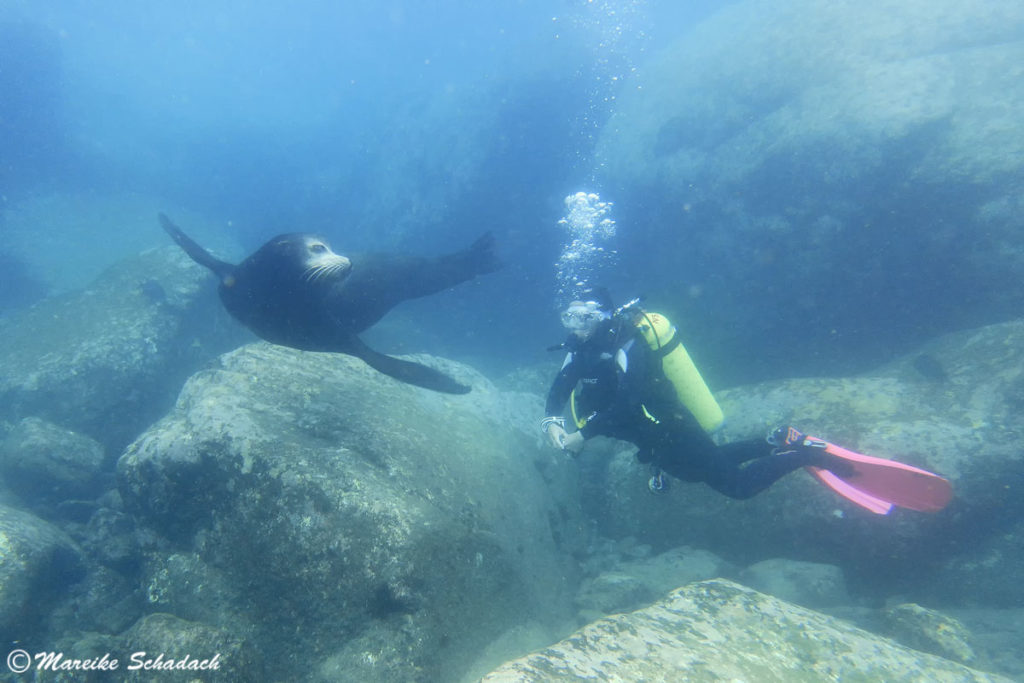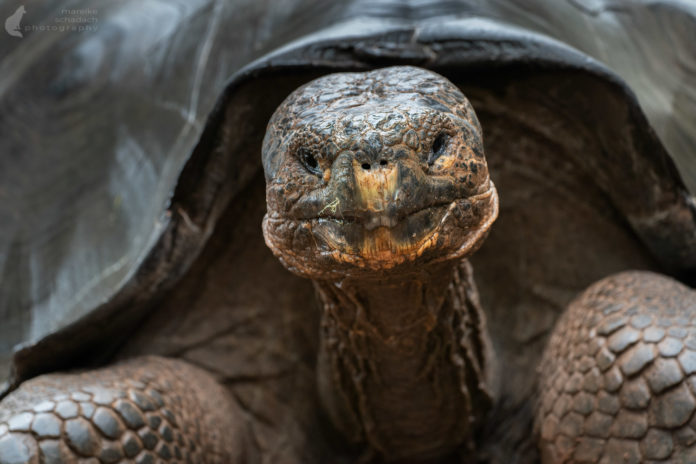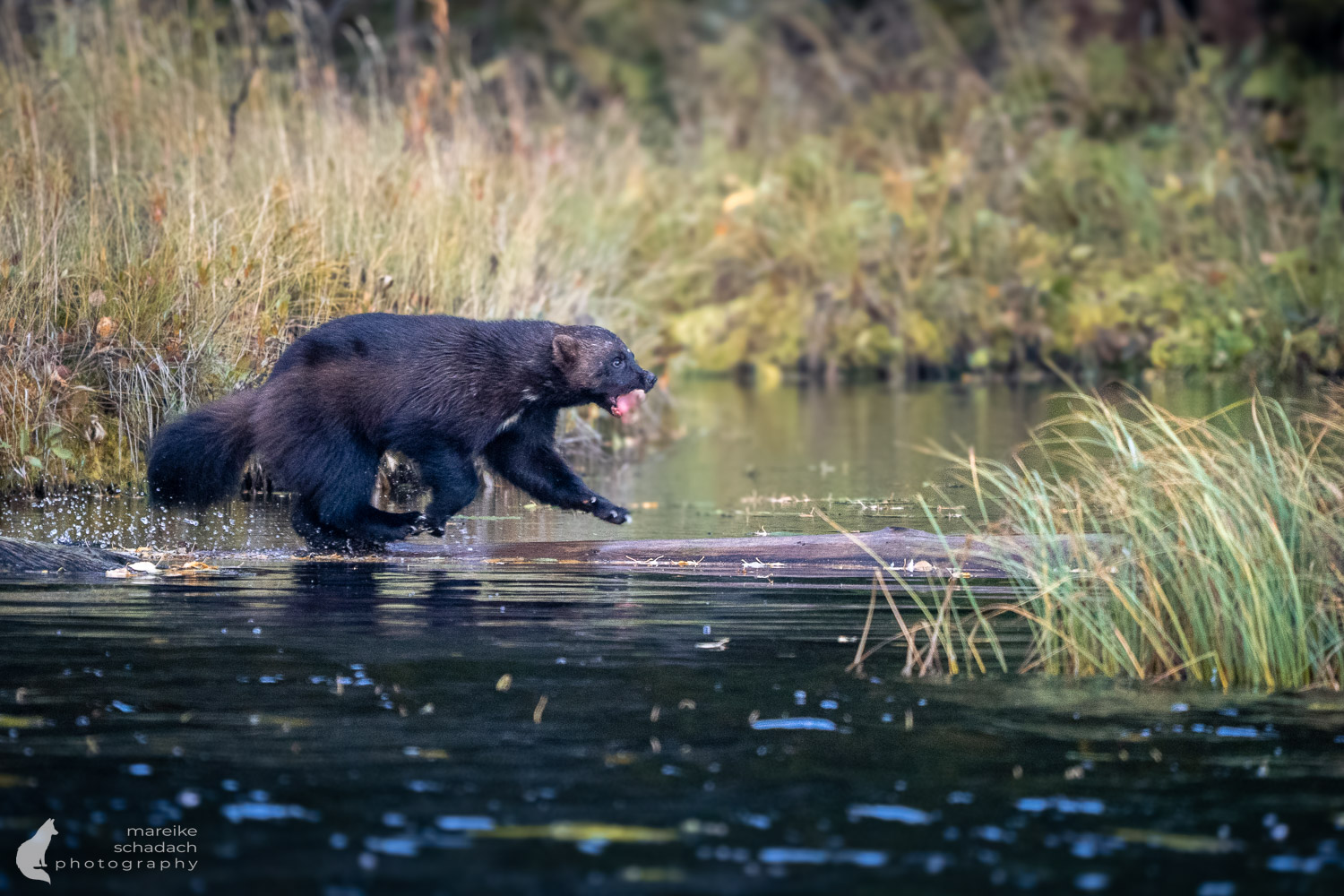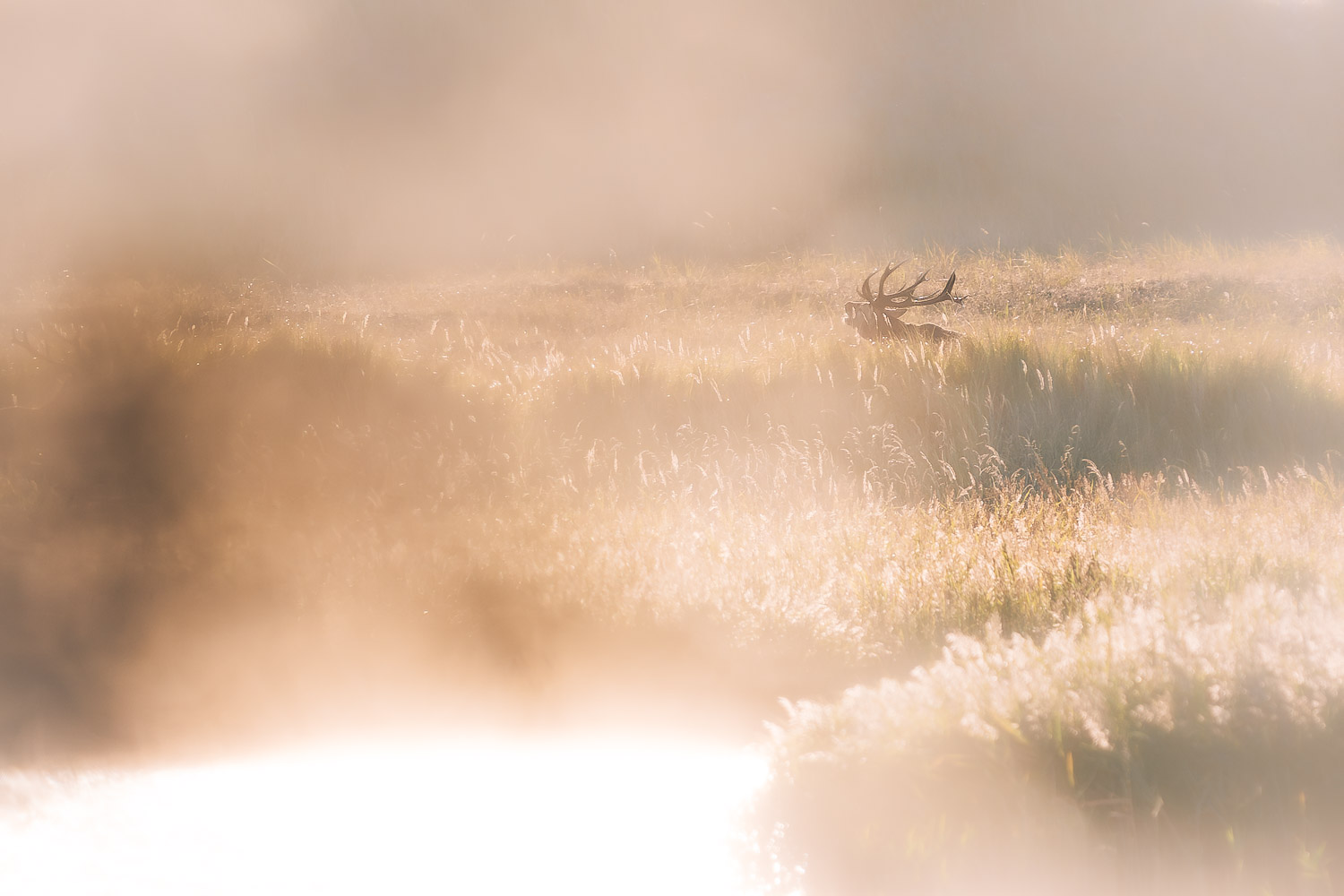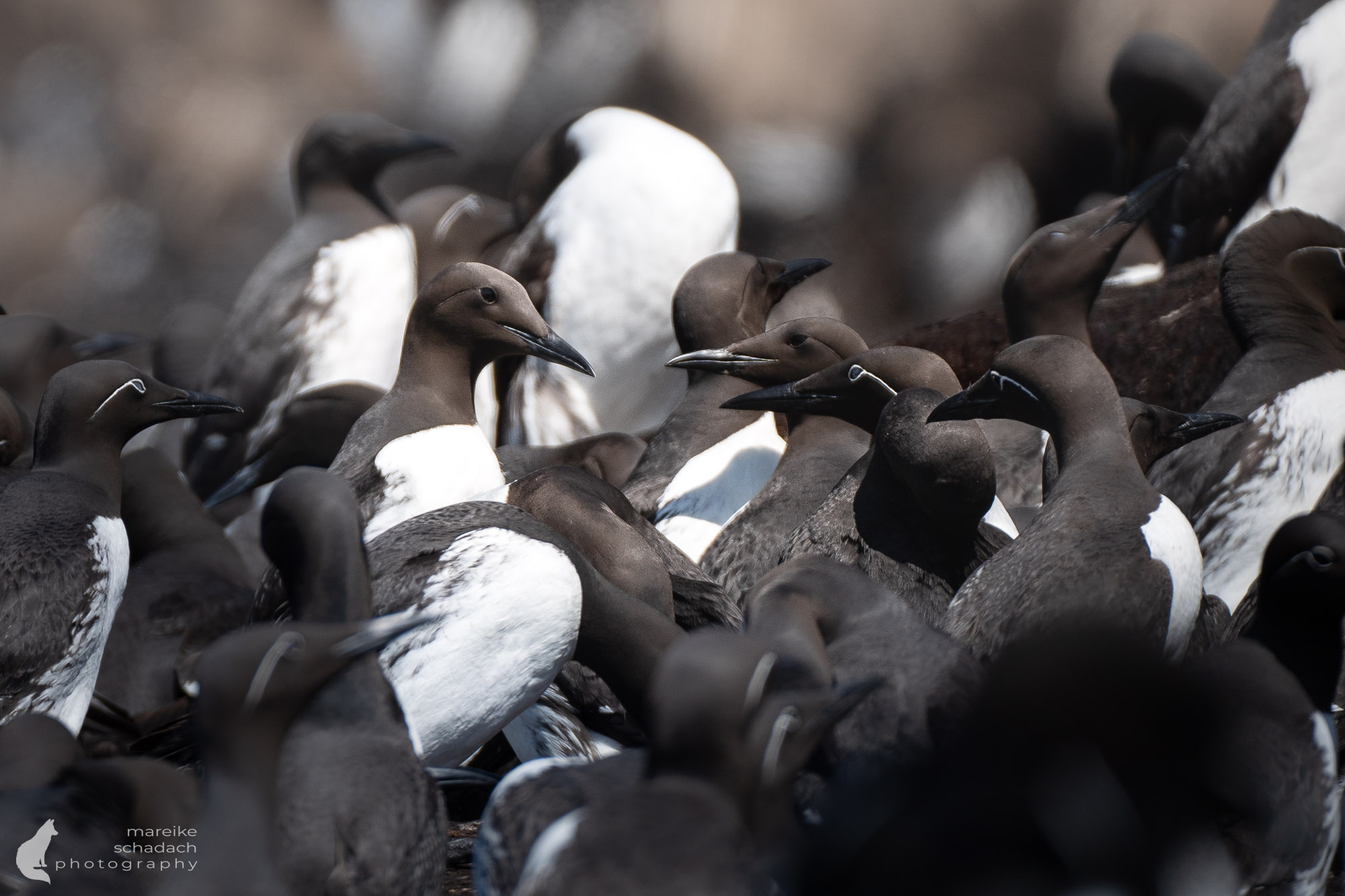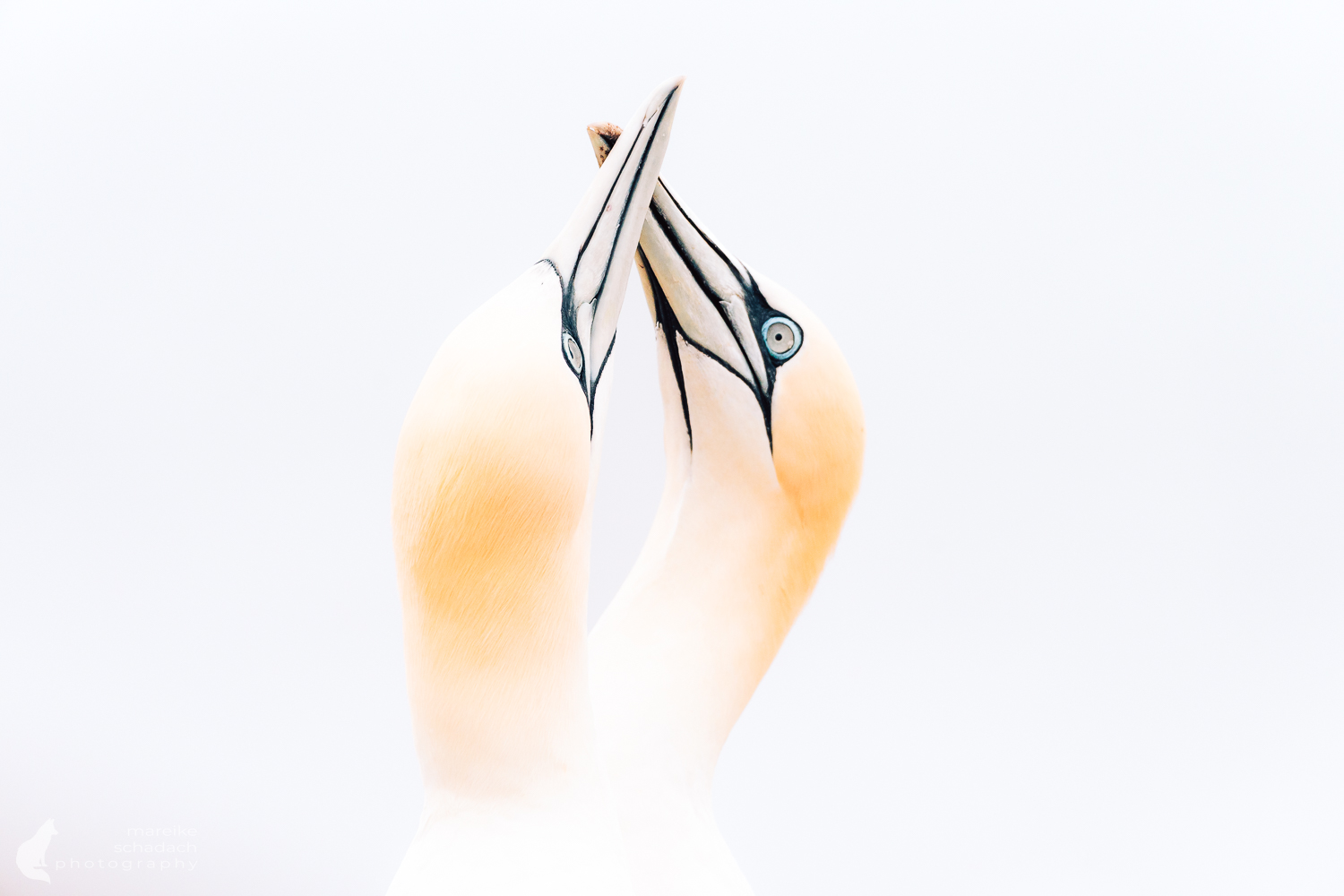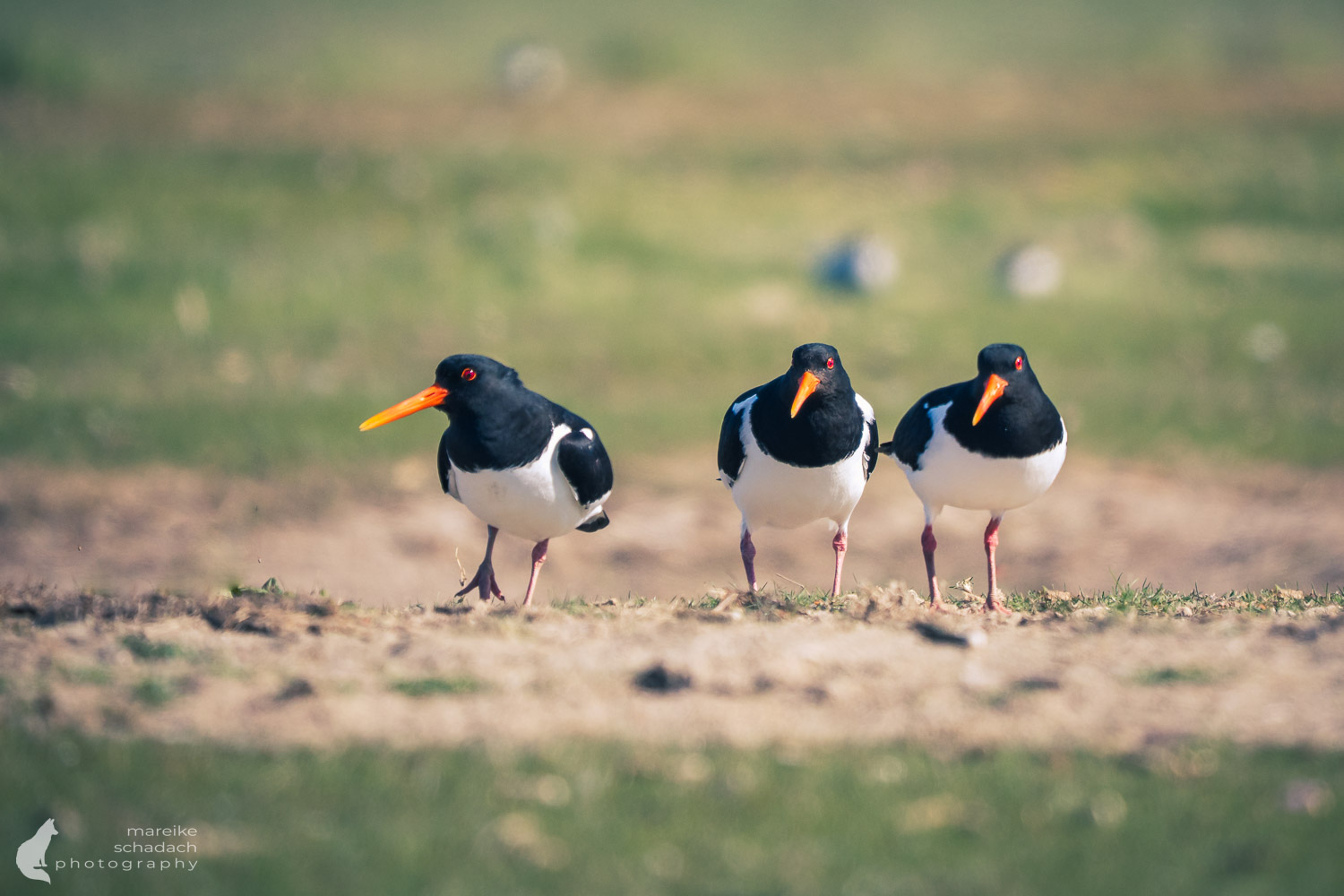Galapagos, Ecuador. Galapagos giant tortoises (Chelonoidis) are the largest land tortoises in the world. They are fascinating to look at in nature. You are flying to the Galapagos Islands and want to see the giant tortoises? You are not sure where you have the best chance to observe them and where to get the best photos? In the following article I have compiled some practical tips for you and you will also learn a lot of interesting facts about the tortoises of Galapagos.
Unassigned, unpaid advertising. The article contains affiliate links.
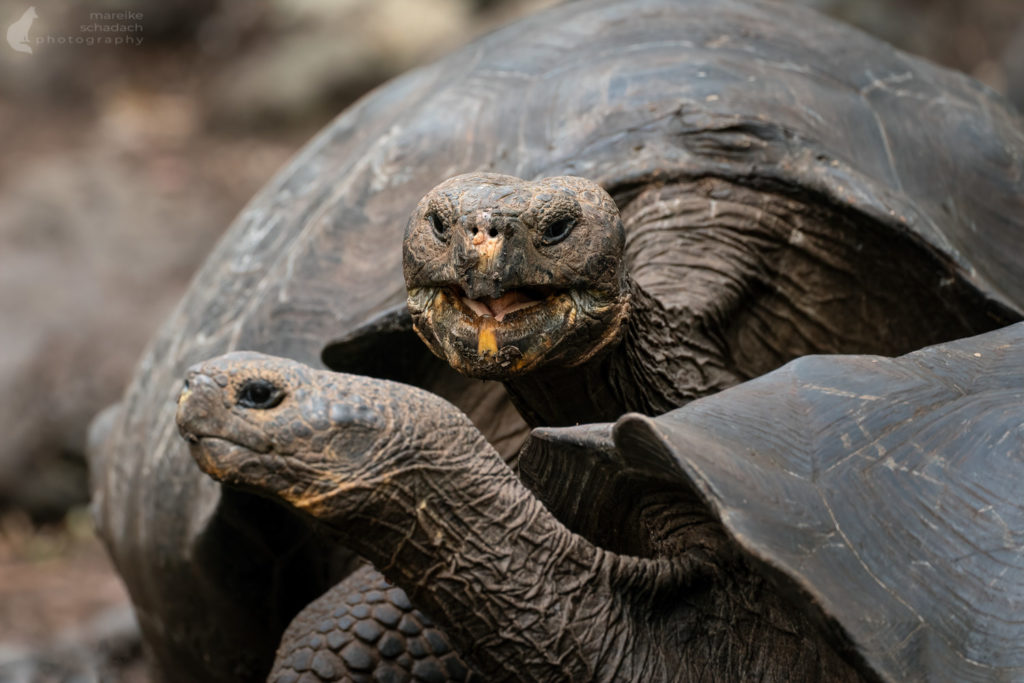
Tortoises on the Galapagos Island San Cristóbal
On San Cristóbal you have two possibilities to see tortoises: At the tortoise breeding station Galapaguera de Cerro Colorado and in the wild at "Los Galapagos" in the north of the island.
Galapaguera de Cerro Colorado
The tortoise breeding station on San Cristóbal is my absolute favorite when it comes to watching giant tortoises in Galapagos. A paved loop trail leads through a naturalized 12-acre enclosure. This is where the tortoise parents live. Once a year they lay eggs, which are then collected by the rangers and subsequently hatched in the incubator. The young tortoises are housed separately according to their age in smaller enclosures. Here they grow up safe from predators until they are released in the north of the island at "Los Galápagos" at the age of five to six years.

The entrance is free. You can walk the circuit alone or, if you wish, a guide will accompany you. There are two watering holes along the way. Here you will be able to observe and photograph several tortoises very close.
Advantage: You have all the time in the world, you can change your perspectives. A distance of two meters to the tortoises is to be kept.
An exhibition also informs about the tortoises on Galapagos, especially about the population on San Cristóbal and the reintroduction project.
Here you can find more information about the tortoises of the Galapaguera on San Cristóbal.


How to get there?
The best way is by cab. We rented a cab for $60 for four hours and went to Galapaguera, Playa Chino and the freshwater lagoon El Junco. If you just want to visit the Galapaguera, you can take a cab there and back for around $35.
Caution: Do not touch the bark, leaves or fruit of the poison apple tree. This is because its milky resin is poisonous and can cause skin irritation.
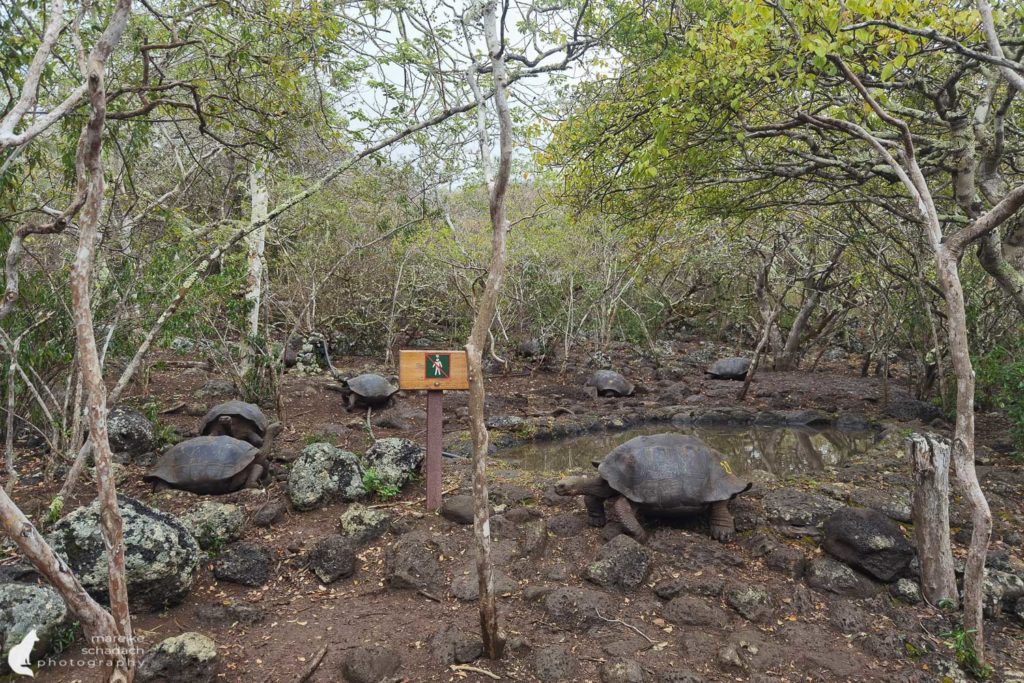
Los Galapagos Wildlife Reserve
In the north of San Cristóbal live giant tortoises in the wild. You can reach the area by taking a boat to the nearby bay and then walking on a trail for about two hours to the turtle area. For the way back you should also plan enough time.
The beach is also a nesting site for sea turtles. From January to May you can find the tracks of the females that lay their eggs in the sand dunes.
How to get there?
Day trips to Los Galapagos are offered in the city. Usually the tours include Punta Pitt, Turtle Bay and Cerro Brujo beach.
Giant tortoises can survive up to 1 year without food in times of severe drought. However, this ability became the tortoises' fate: sailors used the animals as a portable food source, providing them with fresh meat on long sea voyages.
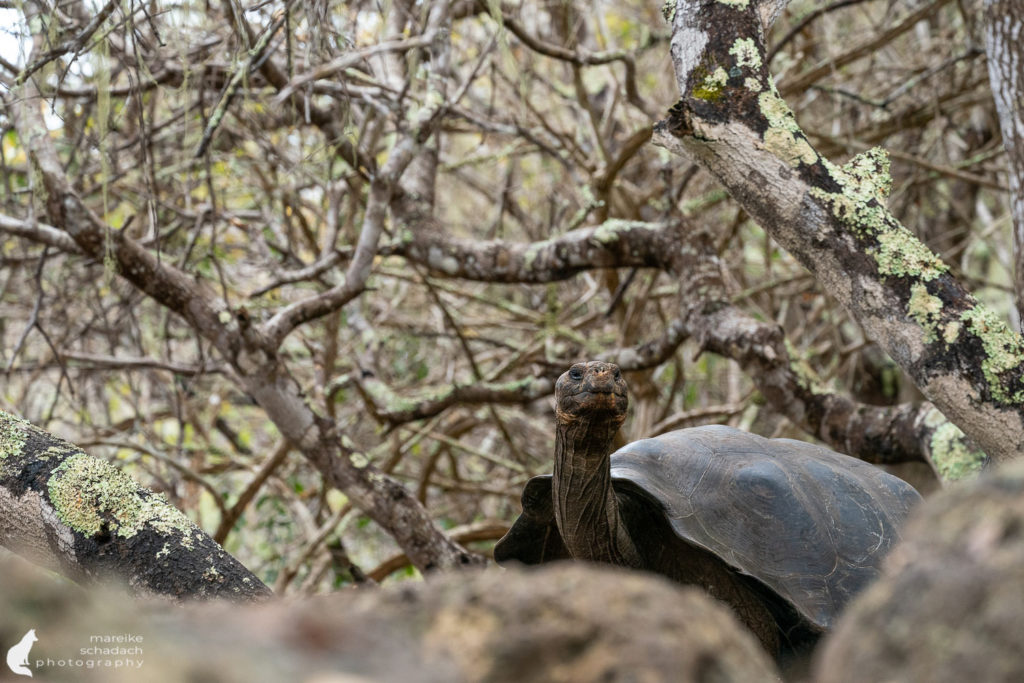
Tortoises on the Galapagos Island Isla Isabela
Also on Isabela there is the possibility to see tortoises in a nursery or in the wild on the Camino de Las Tortugas.
Centro de Crianza de Tortugas
The circuit through the breeding stations is very manageable and may only be walked together with a guide (per person 10 dollars). In return there is a lot of information and at the end a worthwhile exhibition, which also shows the different development phases of the baby turtles.
You will definitely see tortoises here, even different species. But there are hardly any photo opportunities. Mostly you look down from the path into the enclosures of the tortoises. A ground level perspective to photograph the tortoises at eye level is not possible.

But a visit is definitely worthwhile and also supports the work of the breeding station. And the results are certainly something to be proud of: Forty-three giant tortoises raised here could be released into their new habitat near the Sierra Negra volcano in January 2022.
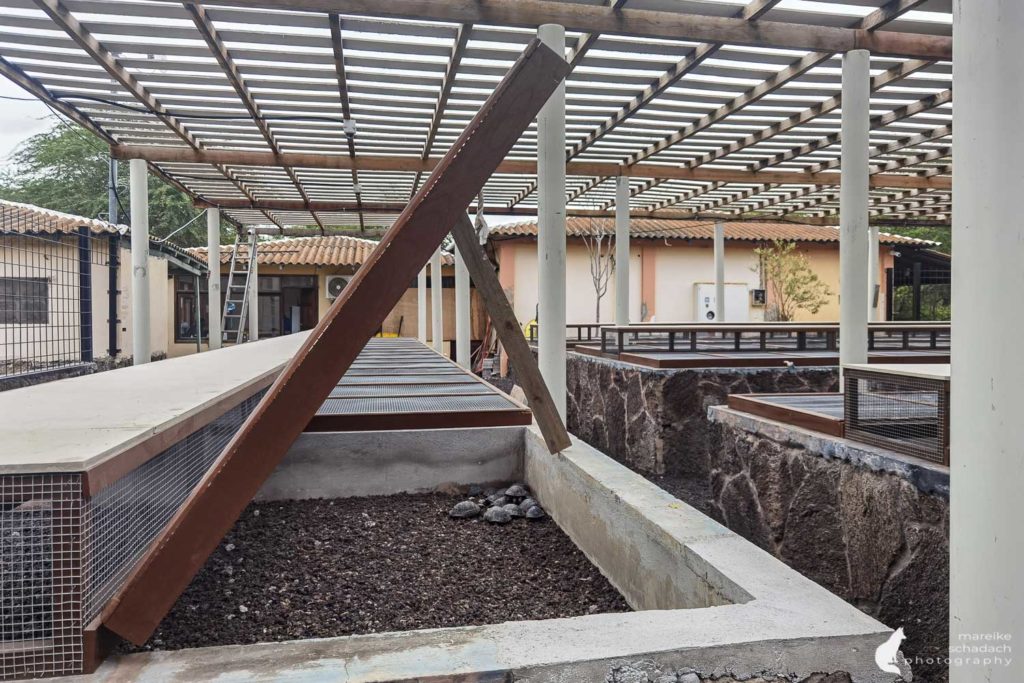
How to get there?
The best way is on foot.
The breeding station is located about 1.6 km from the central square of Puerto Villamil at the end of a wooden boardwalk through a wetland. Plan a little more time for the very worthwhile walk there, as there are many iguanas and various birds to see along the way.
The giant tortoises are not only the most famous animals of the Galapagos Islands. They also gave their name to the islands. Because the tortoise shell reminds of a Spanish riding saddle, the so-called "Galápago".

Camino de Las Tortugas
West of Puerto Villamil a path leads to the "Muro de Las Lagrimas". The back part of the path is also called "Camino de Las Tortugas". And not without reason: Tortoises live here and can often be seen from the path. We encountered nine animals on the way there and back. Sometimes further away, sometimes closer to the path. One tortoise even made itself comfortable at one of the picnic spots.
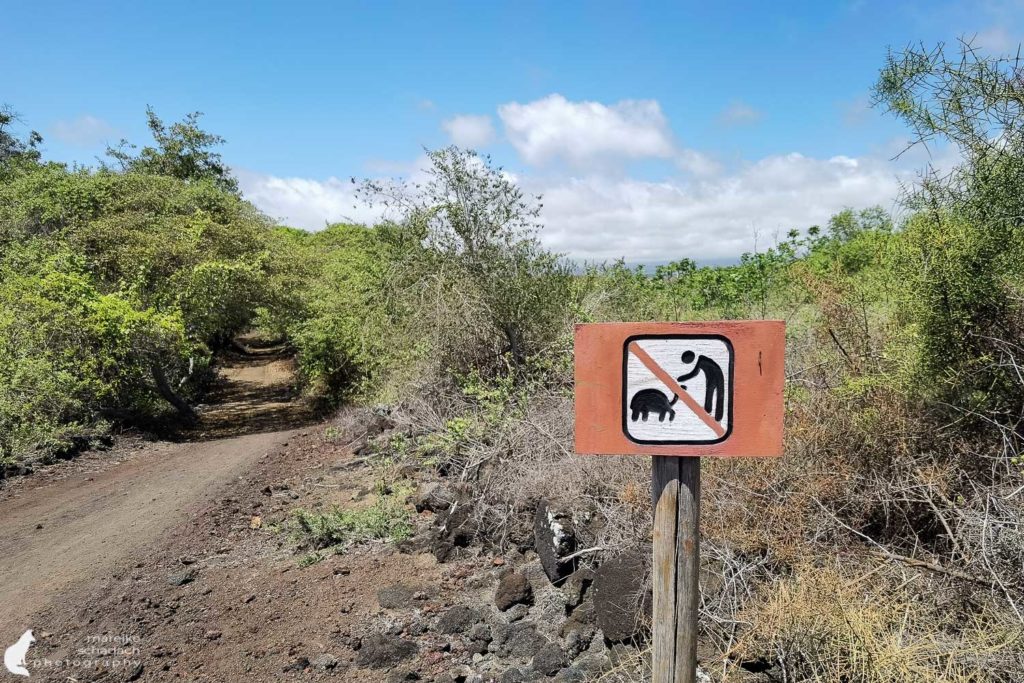
Keep your distance and do not touch.
How to get there?
The best way is by bike. You can rent one at almost every corner in Puerto Villamil (five hours for 10 dollars).
Tip: Take enough to drink, some snacks and swimwear.
There are five different species of tortoises on Isabela, separated by the lava flows of the volcanoes.
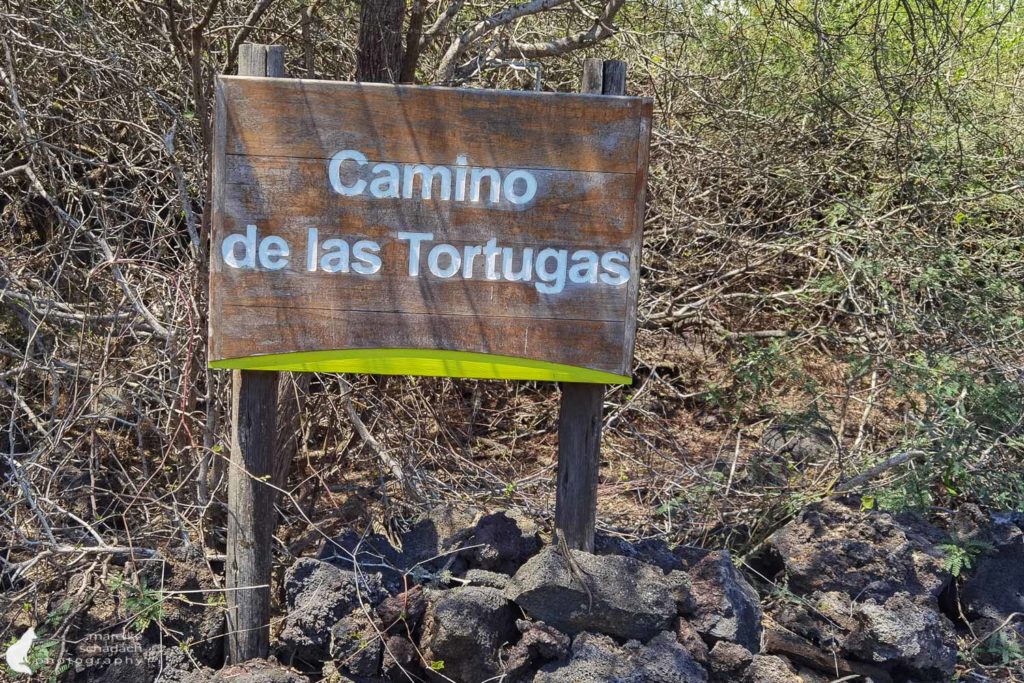
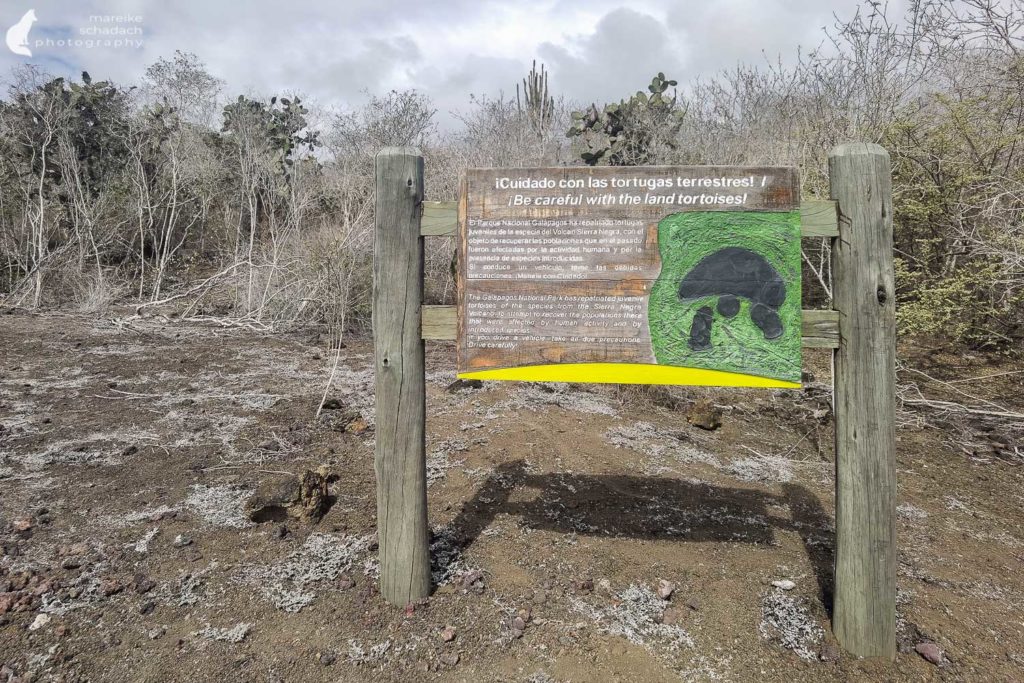

Trekking shoes, hiking poles, sun hats and everything else you might need for your trip on the Camino de Tortugas can be found at Bergzeit.
Tortoises on the Galapagos Island Santa Cruz
As on the other two islands, you can visit a breeding station or see the tortoises in the wild.
Centro de Crianza Fausto Llerena
About 1.7 kilometers east of the port is the Centro de Crianza Fausto Llerena breeding station. Here, various species of turtles are bred and then released into the wild on their home islands. The most prominent representative of the breeding station was Lonesome George. He was the last of his species. An intensive search for a breeding partner on his native island of Pinta was unfortunately unsuccessful. Lonesome George died at an age of about 100 years on June 24, 2012. He is now preserved as a dried memorial in a darkened, heavily air-conditioned room to commemorate the sad fate of his and many other wildlife species.


After the visit to Lonesome George the way continues to the breeding enclosures where you can see different species. But like in the center on Isabela it is very difficult if not impossible to get nice tortoise photos.
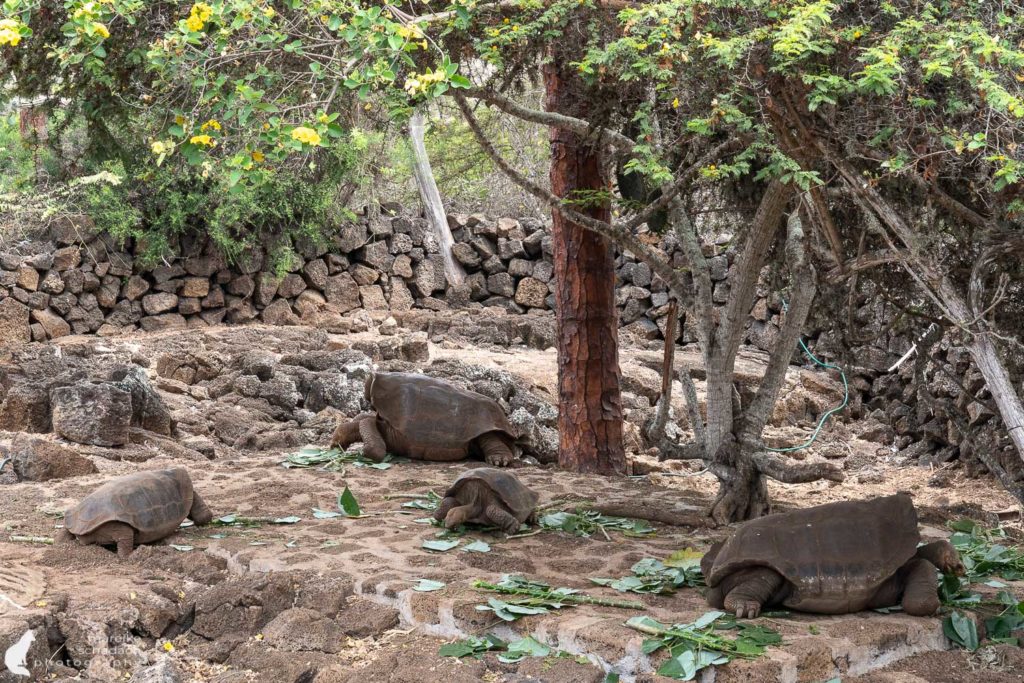
The tortoises feed on grasses, herbs, creepers, bushes, berries, lichens and cacti. According to the available food, the animals have developed differently shaped shells in the course of evolution. Tortoises, which feed mainly on ground vegetation, have developed a dome-shaped shell. They live mainly on the larger islands with lush vegetation in rain-wet, higher regions. In contrast, species from the flatter, drier, and more sparsely vegetated islands feed more on shrubs and cacti. They have a saddle-shaped carapace. This allows them to stretch their necks higher and to reach food at a greater height.
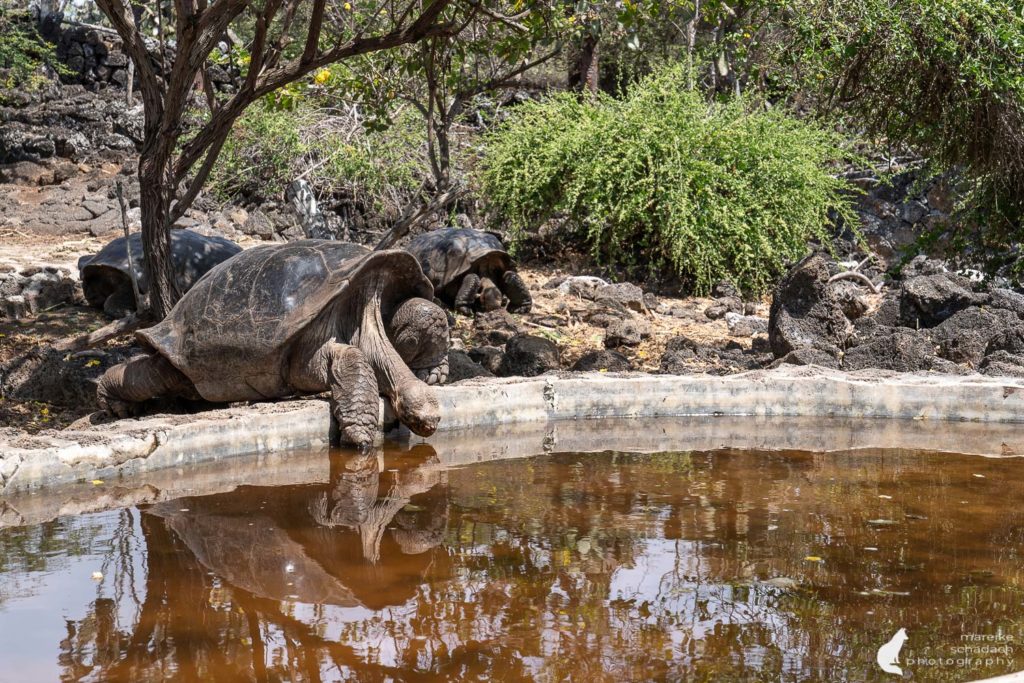
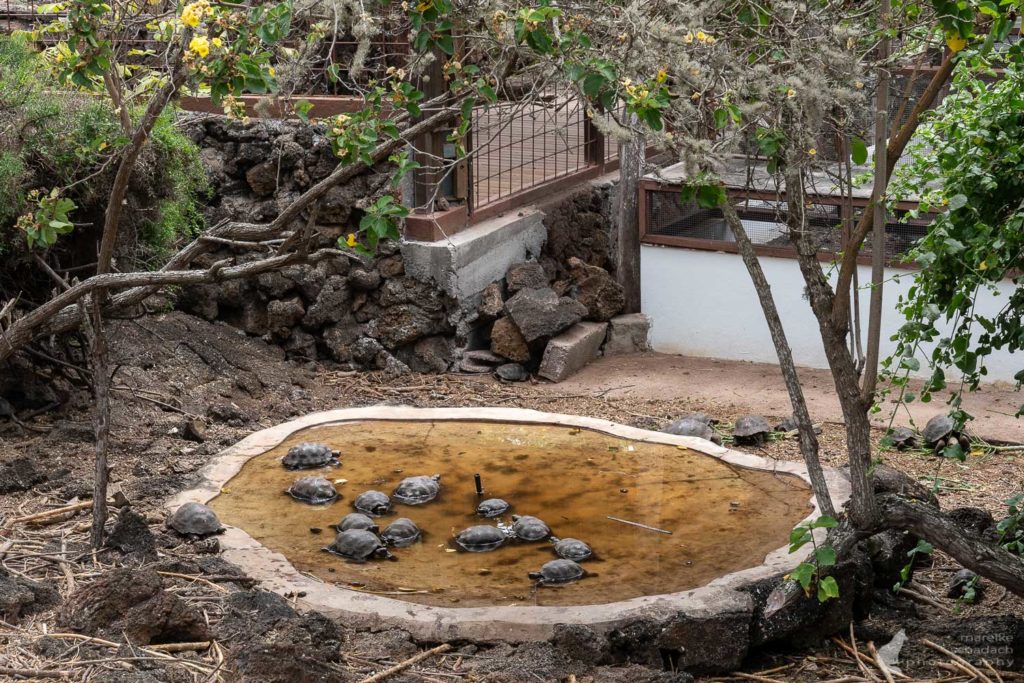
El Chato Tortoise Reserve and Rancho Primicias
El Chato Tortoise Reserve is located in the highlands of Santa Cruz near Santa Rosa. Since the wildlife reserve is part of the national park, you must have a guide to visit.
The neighboring Rancho Primicias, on the other hand, is a private ranch that you can visit without a guide. Giant tortoises live here as well.
Unfortunately, we didn't have time to visit one of the reserves. But already during the bus ride to the airport I saw four huge animals out of the bus window.
How to get there?
A cab costs about 10 to 15 euros. Many also load their bike on the cab and then bike the way back. It's about 22 kilometers, but it's mostly downhill. There is a bike path on the main road.
Tip: Take something warmer to wear and definitely rain gear. The climate in the highlands is cool and humid, quite different from the coast.
Conclusion
The tortoise conservation and the breeding program in the Galapagos Islands has been a great success. Today, more than 20,000 tortoises live on the islands again. In 1959, when the islands were declared a national park, there were only about 5,000 animals.
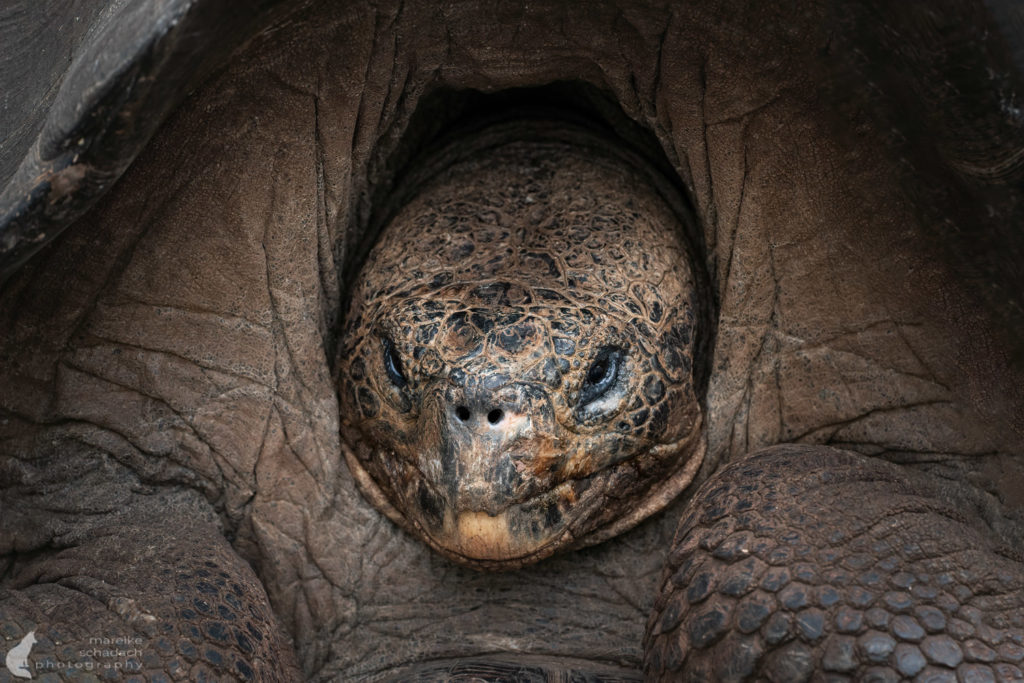
Book Recommendations for Galapagos
You want to know where the journey goes? Then I can recommend these books*.
You can order the travel guides on Amazon by clicking on the pictures. If you buy a product via an affiliate link, I get a small commission, and you help me to keep filling Fernweh-Motive with interesting articles. The product will not be more expensive for you, and you will do me a huge favor.
Have you ever been to the Galapagos Islands? How did you like it? Do you have any questions about my article? If yes, then write me a comment!
Do you want to know when there are new articles on my blog? Then follow me on Facebook, Pinterest or Instagram. I would also be very happy if you share my article with your friends.
Recommendations for further Reading
Do you love wildlife as much as I do? Then you might also be interested in my articles about the King Penguins of Tierra del Fuego or Diving with Sea Lions near La Paz, Mexico.

